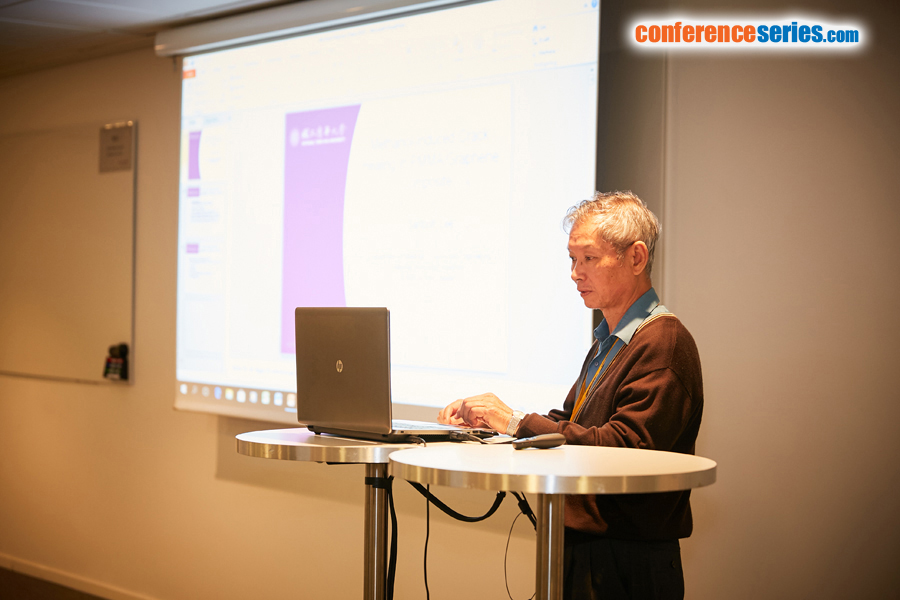
Sanboh Lee
National Tsing Hua University, Taiwan
Title: Methanol-Induced Crack Healing in Poly(Methyl Methacrylate)/Graphene Nanocomposite
Biography
Biography: Sanboh Lee
Abstract
Graphene has remarkable properties; it and its derivatives have been extensively used in many fields such as electronic devices, solar cells and polymeric composites, etc. In this study, we used the solution mixing to produce poly(methyl methacrylate) (PMMA)/graphene powders, and then used the hot press machine to make the specimens of different sizes for different tests. Harmon’s model was considered the anomalous transport, which consists of Case Ι transport and Case II transport. The methanol absorption in PMMA/graphene nanocomposites was found to fit well by using the Harmon’s model. Both energy barriers of Cases Ι and II transport increase with increasing the weight fraction of graphene in nanocomposite, respectively. The cracked specimens were immersed in the methanol at constant temperature. The crack receded from its tip with constant speed at a given temperature. The crack closure speed follows the modified Arrhenius plot and its activation energy is equal to that of Case Ι transport, implying that the crack healing is controlled by Case Ι transport. This implies that the graphene assists to resist the healing progress. The fracture stress of healed PMMA/graphene nanocomposite increases with the weight fraction of graphene in the range from 0 wt.% to 0.5 wt.% and then decreases. The fracture stress of healed specimens increases with the healing time until they reach a plateau and healing temperature. FTIR and Raman spectroscopies were used to analyze chemical bond of PMMA/graphene nanocomposite. Intrinsic viscosity and DSC were also studied to explain the crack healing mechanism.






